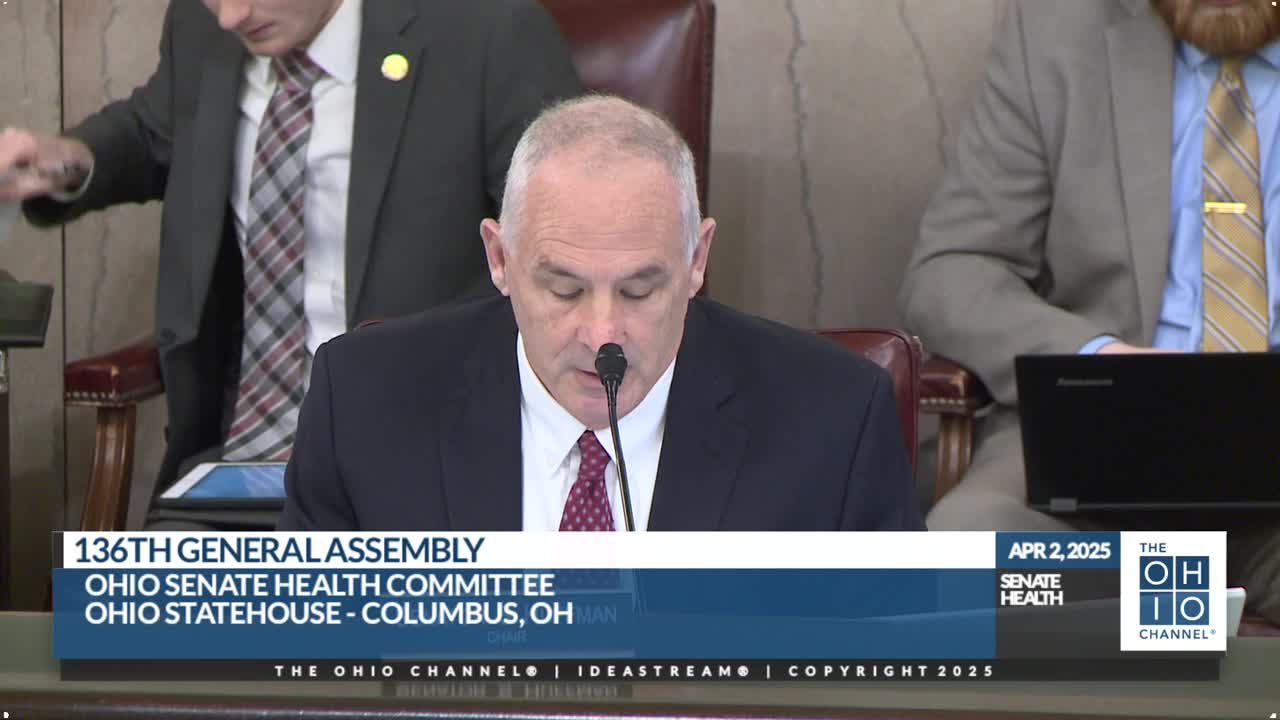Senate Bill 36 modernizes Ohio optometry practice after 17 years of stagnation
April 02, 2025 | Health, Senate, Committees, Legislative, Ohio
Thanks to https://workplace-ai.com/ , all articles about Ohio are free for you to enjoy throughout 2025!

This article was created by AI using a video recording of the meeting. It summarizes the key points discussed, but for full details and context, please refer to the video of the full meeting. Link to Full Meeting
During the hearing, the bill's sponsors emphasized that Senate Bill 36 is a carefully crafted response to the evolving needs of patients and the capabilities of trained optometrists. The legislation would allow optometrists to perform certain non-invasive laser procedures and basic in-office treatments, such as the removal of benign lesions, which are currently outside their scope of practice. Importantly, the bill does not permit optometrists to conduct more complex surgeries, such as LASIK or cataract procedures, ensuring that patient safety remains paramount.

Before you scroll further...
Get access to the words and decisions of your elected officials for free!
Subscribe for FreeThe need for this legislative change stems from feedback from patients who have expressed frustration that their trusted optometrists are unable to perform certain procedures despite being qualified. The bill aims to reduce bureaucratic hurdles that delay access to necessary vision care, thereby improving overall patient outcomes.
Additionally, the sponsors highlighted that Ohio's optometry workforce is at risk of falling behind neighboring states that have already adopted similar measures. States like Kentucky, Indiana, and West Virginia allow optometrists to perform a wider range of procedures, which could impact Ohio's ability to attract and retain top talent in the field. The bill is seen as a crucial step in ensuring that Ohio remains competitive in the healthcare landscape.
The committee members acknowledged the importance of the bill, noting that it aligns with the state's commitment to providing quality, cost-effective vision care. As discussions continue, the committee will consider the implications of this legislation on both healthcare providers and patients across Ohio. The next steps will involve further deliberation and potential amendments to ensure that the bill meets the needs of all stakeholders involved.
Converted from Ohio Senate Health Committee - 4-2-2025 meeting on April 02, 2025
Link to Full Meeting
Comments
View full meeting
This article is based on a recent meeting—watch the full video and explore the complete transcript for deeper insights into the discussion.
View full meeting




